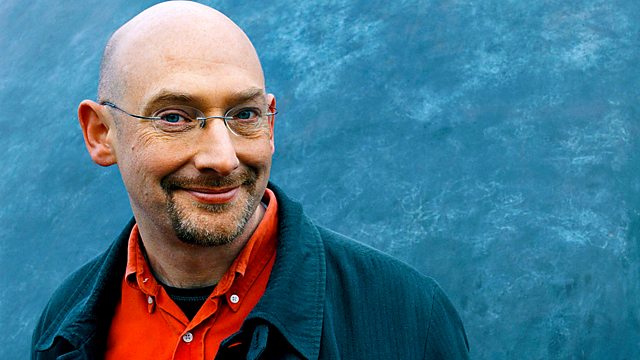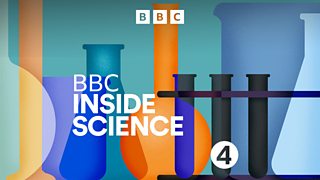The Heart Exhibition - String Theory: Knot Good Enough?
Sue Nelson talks to Ken Arnold, director of the new Wellcome Collection in London, boasting 1,300 medical exhibits from Aztec sacrificial knives to Dolly the sheep's fleece.
The Heart Exhibition
The heart is no ordinary bodily organ. Ever since man first noticed its vital role, centuries before understanding the circulation of the blood, the heart has fulfilled a very special role in the human condition – spiritually and anatomically.
This week a new exhibition area opens at the home of the Wellcome Trust, just opposite Euston Station in Central London. The £31million makeover presents two permanent exhibitions and one temporary space which will house an exhibition about The Heart.
Dr Ken Arnold, the head of public programmes at the Wellcome Trust, and Mr Francis Wells, cardio-thoracic surgeon at Cambridge’s Papworth Hospital join Sue in the studio to talk about the collection, the collector, and a live open heart surgery that Francis will be performing as part of the exhibition.
String Theory – knot good enough?
Radio 4 Drama’s science season continues on Saturday with Charlotte Jones’ play Humble Boy. In it, a young physicist turns to String Theory in an attempt to unite the irreconcilable in his life. But is he doomed to failure?
A skirmish in science has erupted recently and string theory – the idea that all particles are actually minute strings vibrating in 11 dimensional reality – has suffered a backlash.
Some are suggesting that 20 years with nothing to show for it is just not good enough. And that it’s now time to abandon string theory and find a different way to unite gravity with quantum mechanics.
Two researchers who have been blogging on the subject – albeit from different sides of the fence, and different sides of the USA, are Drs Peter Woit and Sean Carroll, who join Sue for our continued science/drama tie-in.


